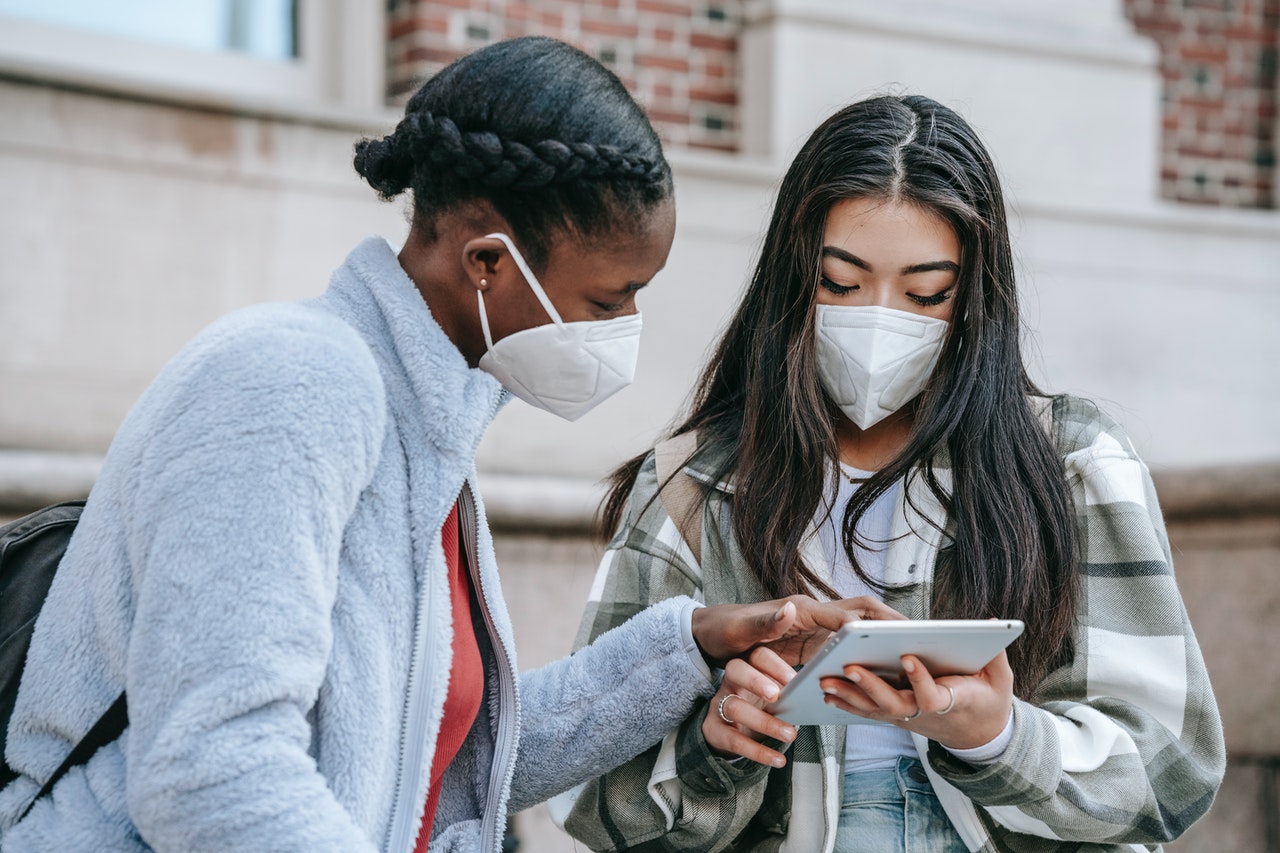[ad_1]
Before social distancing, it was easy to catch a glimpse of someone’s text messages while waiting on a crowded subway platform or standing in line; allowing your eyes to linger a second longer than you should. Photographer Jeff Mermelstein has used this common impulse to create a series of photos, surreptitiously taken over the shoulders of strangers.
Now featured in a new book titled “#nyc,” after the hashtag Mermelstein used on his Instagram posts of the snaps, the collection of conversations is a touching, funny and sometimes absurd look at how we communicate. The project also raises questions about privacy and photography: though the identities of the people in Mermelstein’s images remain unknown, the conversations are often deeply intimate.
“(I chose) the ones that would be memorable, perhaps even enigmatic or ambiguous, long lasting, and thought-provoking,” he said over the phone. Since beginning the project in 2018, Mermelstein has amassed around 1,200 images, according to his estimates.
And while limited to a few anonymous lines, the texts are enough to fabricate entire stories based on the information in each shot: A pair of hands and a snippet of conversation on a screen tell stories of lovers arguing with unfiltered haphazard thoughts; friends sharing pregnancy announcements; and former flings asking to just be friends. In one image, a person sends an extensive mea culpa after experiencing an Ayahuasca-induced revelation.

Mermelstein took around 1,200 images over the course of two years. Credit: Courtesy the artist and MACK
Table of Contents
Early encounters
Some of the exchanges Mermelstein has photographed are innocuous — a friend asking for the shelf life of sausages, while others are more searing. One text chain shows someone begging a loved one to start chemotherapy the next day. In another, someone shares advice on how to protect themselves from coronavirus (the photos stop at the start of the coronavirus pandemic, when social distancing measures were put into place in New York).

Mermelstein says he isn’t making a statement on privacy through the series, comparing it to other forms of street photography. Credit: Courtesy the artist and MACK
The first screen Mermelstein photographed was by chance: a middle-aged woman on 8th Avenue, standing outside a restaurant and occupied by her phone. After he snapped her screen, he found she was searching for information online. “That Google search was so interesting,” he said. “And enigmatic and funny and sad.” She was seeking advice on what to do with a large sum of money found in an attic, presumably her father’s, because she’d typed that he hadn’t left a will.
“That was the initial door opening for me as to the awareness of what might be on people’s screens,” he added.

After decades of using Leica and Canon SLR cameras, Mermelstein began transitioning to mobile photography, leading to the series “#nyc.” Credit: Courtesy the artist and MACK
Mermelstein then decided to focus on text conversations, and has honed his approach over the past couple of years, taking the images without knowing what he see on their screens.
“It was quite common to see someone looking for directions, or getting an Uber,” he explained, “So I think I evolved…my way of recognizing what might be a scenario of increased likelihood (for finding) interesting texts. And that’s quite nuanced.”
Lasting impressions
Sneaking photographs of sometimes painfully private texts can feel invasive — conversations can revolve around kinks and deep secrets, or raw emotions laid bare — but Mermelstein doesn’t see it as being much different from traditional street photos.

The series “#nyc” ended when social distancing measures began. Credit: Courtesy the artist and MACK
Instead of gesture or expression, the things that street photographers normally seek, he is “exploring inner thoughts (through) words,” Mermelstein said. “So to me that is really exciting because it gives us a different kind of insight into who we are.”
“The manner of its voyeurism is different,” he said, comparing his work to other photos, like street portraits, taken in public spaces, often without the subject’s knowledge or consent. “When we stand in front of a stranger… without conversation, without giving the person any clue as to who we are, and we take a photograph of them, that’s quite voyeuristic.” He added: “There’s this almost surprising relationship to more conventional street photography.”

Mermelstein has capture conversations that range from the deeply personal to the absurd. Credit: Courtesy the artist and MACK
Like street portraits, too, it’s a way to step outside of our own experiences for a short while and think about what it would be like to live in another person’s shoes.
But sometimes it’s the oddest moments that leave their mark.”When I first saw a particular text, I was giddy,” Mermelstein recalled. “(Someone was) receiving a prize cantaloupe. That picture still resonates and continues to grow on me, because of the mysterious ambiguity and absurdity and nonsense of it.”
[ad_2]








